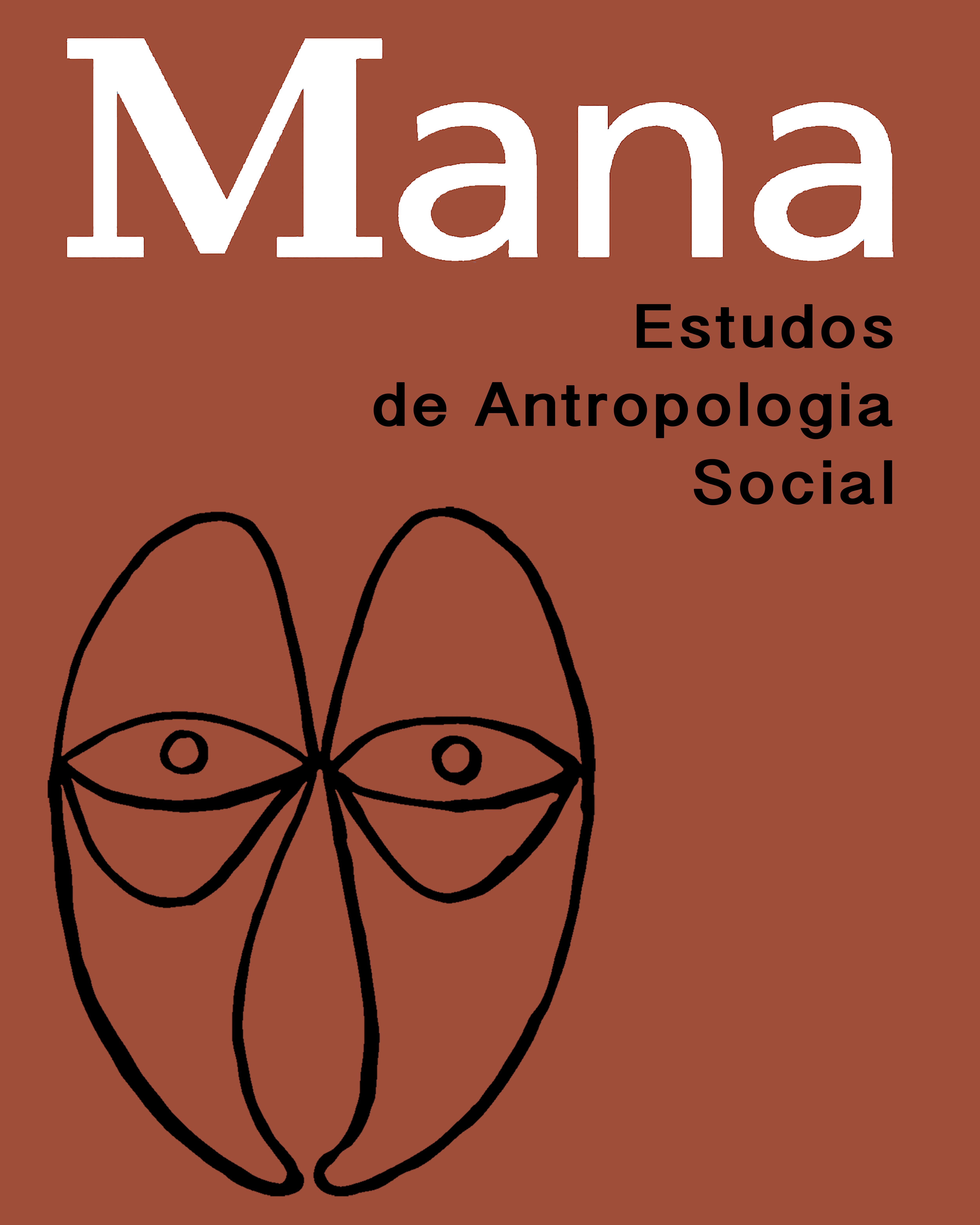Resumo em Português:
Durante as visitas que as folias realizam às casas dos devotos, os cantos ocupam lugar central, sendo importantes meios de interação entre os foliões, como são chamados os tocadores e cantadores que integram a equipe ritual, e deles com os moradores e o santo. Neste texto, com o foco etnográfico direcionado para as dimensões formais (como se canta), semânticas (o que se canta) e pragmáticas (o que se faz com o que se canta) do canto, discuto como a presença do santo é ritualmente construída e como se articula com determinadas relações sociais e valores culturais, aproximando e relacionando domínios - céu e terra, esse mundo e o outro, aqui e além, visível e invisível - e seres - vivos e mortos. Para levar a cabo esta análise, o canto será descrito em dois planos: primeiramente, partindo da ideia de que a palavra cantada surge, no contexto da visita de folia, como um "enunciado performativo" no qual "dizer é fazer", veremos como as dimensões poéticas e sonoras caracterizam o canto como um tipo particular de comunicação; em seguida, compreendendo o canto como "um ato de comunicação verbal", direciono o olhar para o texto cantado e para as interações entre foliões, moradores e santo, tal como criadas no contexto de uma visita da folia de São José.
Resumo em Inglês:
Chants play a key role during the visits of the folias to the houses of the devotees, constituting an important means of interaction among the foliões - as players and singers on the ritual team are called - and between the foliões, the locals and the saint. In this article, which focuses on the ethnography of the formal dimensions (how they sing), semantics (what is sung) and pragmatics (what is done with the singing) of chanting, I discuss how the presence of the saint is ritually constructed and how it interacts with certain social relations and cultural values, thus approaching and relating domains - heaven and earth, this world and the other world, here and beyond, visible and invisible - and beings - the living and the dead. To carry out this analysis, the chant will be described in two levels: first, by pointing out that the chanted word arises, in the context of the visit of foliasas a "performative utterance" in which "to say is to do", we will see how both the musical and poetic dimensions characterize the chanting as a particular type of communication. Finally, by understanding the chant as "an act of verbal communication", I turn my attention to the chanted text and also to the interactions between foliões, locals and the saint as being created in the context of a visit of St. Joseph's folia.
